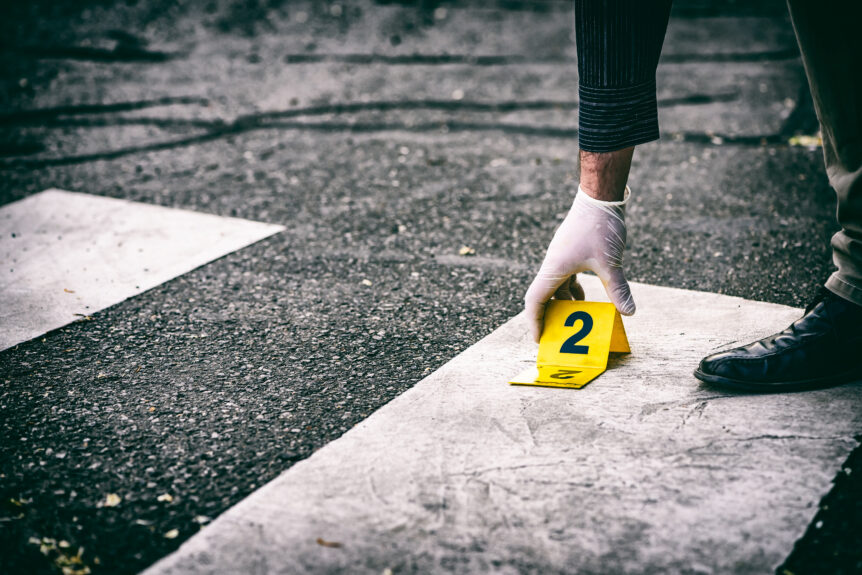How Do Crime Scene Cleaners Remove Blood?
Crime scene cleaners are specialized professionals who are trained in cleaning up crime scenes, biohazardous materials, and other potentially infectious materials. They use a variety of tools and equipment to sanitize and clean up the scene while adhering to safety regulations and guidelines. Among the most important tasks of a crime scene cleaner is removing blood from the scene. Blood not only poses a danger to the health of those involved in the cleanup process but also serves as a reminder of the traumatic event. In this blog, we’ll explore the methods and equipment that crime scene cleaners use to remove blood.
First and foremost, it’s important to mention that crime scene cleaners use proper personal protective equipment when handling blood and other biohazardous materials. This includes gloves, masks, and full-body suits. These protective gears are essential in ensuring the safety of the cleaners as they perform their tasks.
The process of removing blood from a crime scene varies depending on the severity and complexity of the situation. Blood on hard surfaces like tile or concrete can be simple to clean up using the correct agents. The use of bleach-based disinfectants and professional-grade cleaning products that are designed specifically to remove blood are commonly used. Our technicians prefer to use EPA-registered disinfectants and cleaning agents, as these are certified to kill all pathogens that are present in the blood and other biohazardous materials.
For dried blood, our technicians use specially formulated blood-dissolving agents that break down the blood particles and help to loosen them from the surface. This solution is allowed to sit on the bloodstain for a specific amount of time, which allows it to break down the dried blood and make it easier to remove.
Next, our technicians use a variety of cleaning tools to remove the blood from the surface. This includes buckets, sponges, mops, and spray bottles. The cleaning agents are applied to the affected area, and the surface is scrubbed with the appropriate cleaning tool. This process is repeated until the blood is entirely removed from the surface.
For porous surfaces like carpet, wood floors, and upholstery, the cleaning process requires caution to ensure that the blood is entirely removed, and no residue or staining remains. Blood involved in these instances usually requires a detailed cleaning process. Dried blood on upholstery may require the use of specialized cleaning agents or enzymatic detergents in conjunction with steam cleaning to remove the stain without damaging the fabric.
Bloodstains on carpets, floors, and hard surfaces can leave an odor that must be removed as well. Our cleaning technicians also use specialized, professional-grade odor-neutralizing agents to dissociate any remaining organic matter.
In some cases, if the blood has penetrated porous surfaces to the extent that deep cleaning won’t remove the staining, the affected area may need to be replaced altogether.
The disposal of the biohazardous materials plays a significant role in the cleaning process as well. Blood and other biohazardous materials are disposed of as hazardous waste and following the state and federal guidelines. This process requires using specialized waste containers to transport the biohazardous materials to the disposal site.
It’s essential to remember that crime scene cleaning is not something that should be attempted by anyone without proper training or certification. Improper cleanup of a crime scene could lead to devastating consequences including the spread of disease and infection, not to mention legal repercussions. Handling blood and other biohazardous materials poses a risk not only to the cleaners themselves but also to the general public. Any improper disposal of biohazardous materials could lead to contamination, rendering the space dangerous and unfit for use.
At Caring Cleanup, we understand the hazards associated with removing blood from a crime scene. We ensure that our technicians are trained and knowledgeable about handling biohazardous materials safely and with proper measures to prevent any contamination. We follow strict safety protocols, including the use of proper personal protective equipment, and all state and federal guidelines to guarantee the safety of our technicians and those potentially affected by the crime scene.

